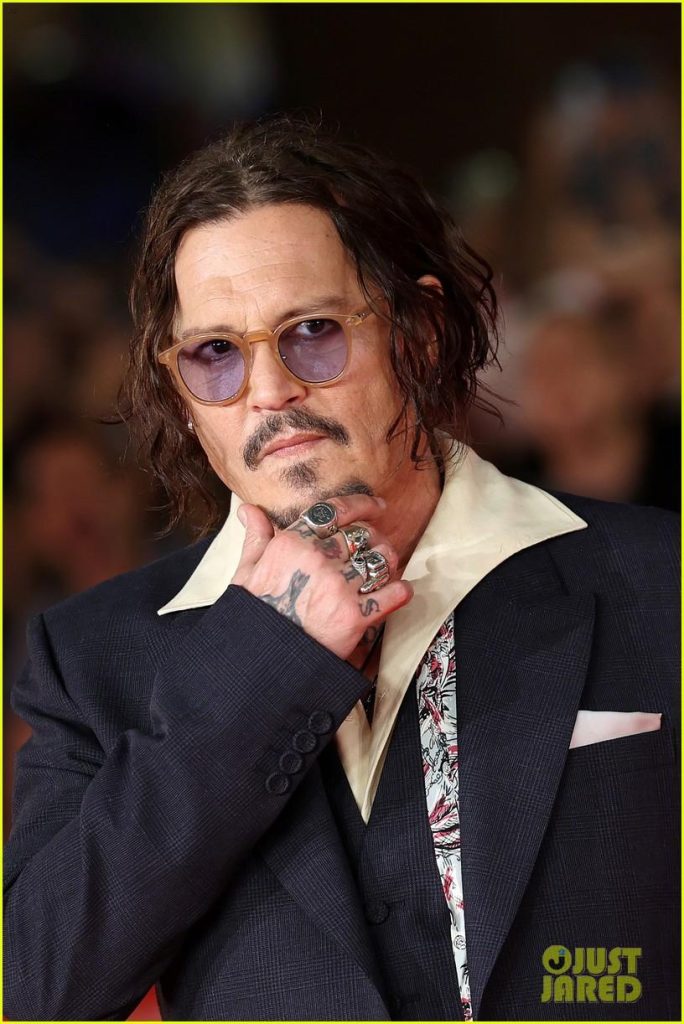In the realm of cinema, few names resonate as profoundly as Martin Scorsese. A maestro of storytelling, Scorsese has carved an indelible niche in the film industry with his unparalleled ability to weave intricate tales of crime and drama. His films are more than just visual spectacles; they are profound explorations of the human psyche, delving into the moral complexities and existential dilemmas that define the human experience. From the gritty streets of New York City to the opulent corridors of power, Scorsese’s narratives traverse diverse landscapes, each meticulously crafted to engage, challenge, and captivate audiences. This article embarks on a journey through the cinematic universe of Martin Scorsese, celebrating his greatest films and the masterful storytelling that has cemented his legacy as one of the most influential directors of our time.
Exploring the Underworld: Scorseses Iconic Crime Narratives
Martin Scorsese’s portrayal of the criminal underworld stands unparalleled, capturing the gritty essence of crime with an authenticity that resonates deeply with audiences. His films delve into the complexities of human nature, exploring themes of loyalty, betrayal, and morality. Characters are not mere criminals; they are richly layered individuals, each with their own motivations and dilemmas. Scorsese crafts these narratives with an intricate blend of tension and drama, drawing viewers into a world where the line between right and wrong is often blurred.
- Goodfellas: An iconic representation of mob life, offering an unflinching look at the rise and fall of Henry Hill.
- Casino: A tale of greed, power, and betrayal set against the backdrop of Las Vegas’ gambling empire.
- The Departed: A thrilling exploration of deception and identity, weaving a complex web of intrigue within the Boston crime scene.
These films showcase Scorsese’s mastery in balancing narrative depth with compelling visual storytelling. His ability to humanize the criminal experience, while also critiquing its inherent violence and chaos, is what makes his work enduringly relevant. Through meticulous attention to detail and a keen sense of pacing, Scorsese invites audiences to confront the darker aspects of society and themselves.

Character Depth and Complexity: The Heart of Scorseses Drama
In the world of cinema, few directors have mastered the art of crafting characters as richly layered and profoundly human as Martin Scorsese. His films delve deep into the human psyche, exploring the intricacies of ambition, morality, and redemption. Scorsese’s characters are not merely players in a narrative; they are fully realized individuals, each with their own unique struggles and motivations. This complexity is what makes his dramas resonate so deeply with audiences, inviting viewers to explore the darker corners of the human experience.
- Authenticity: Scorsese’s commitment to authenticity ensures that every character feels real, often drawing inspiration from real-life figures and events.
- Internal Conflict: His characters are frequently torn between personal desires and moral dilemmas, reflecting the universal human struggle between right and wrong.
- Evolution: Throughout his films, characters undergo significant development, allowing audiences to witness their transformation in response to life’s challenges.
By focusing on these elements, Scorsese creates a cinematic tapestry where each thread contributes to a richer understanding of the human condition. His ability to balance the external chaos of crime with the internal turmoil of his characters is what truly sets his work apart, making his films timeless explorations of character depth and complexity.

Cinematic Brilliance: Visual Storytelling in Scorseses Films
Martin Scorsese’s films are a masterclass in visual storytelling, each frame meticulously crafted to enhance the narrative’s depth and emotional resonance. The director’s genius lies in his ability to use the camera as a narrator, conveying complex themes and emotions without uttering a word. Cinematic techniques, such as tracking shots, slow motion, and innovative use of color, become more than mere tools; they transform into characters themselves, driving the plot and enriching the viewer’s experience. In films like Goodfellas and Taxi Driver, Scorsese employs these techniques to immerse the audience in the gritty underworld of crime and the psychological unraveling of his characters.
- Lighting and Shadows: Scorsese uses lighting to underscore the moral ambiguities of his characters, casting shadows that symbolize the dark undertones of their psyche.
- Symbolic Imagery: Recurring motifs, such as the use of mirrors and reflections, highlight themes of identity and self-perception.
- Dynamic Camera Movements: His signature long takes and sweeping pans create a sense of fluidity and tension, mirroring the chaotic world his characters inhabit.
Scorsese’s commitment to authenticity is evident in his attention to detail, from the meticulously recreated settings to the nuanced performances he draws from his actors. Each element of his visual storytelling is a deliberate choice, contributing to a rich tapestry that leaves a lasting impact on the audience. Through his films, Scorsese not only tells a story but invites viewers to explore the depths of human nature, making his work a testament to the power of cinema.

Essential Viewing: Must-Watch Scorsese Masterpieces
Martin Scorsese, a luminary in the realm of cinema, has crafted films that are nothing short of cinematic poetry. His unique ability to delve into the human psyche and unravel complex narratives has produced a collection of films that are essential viewing for any film enthusiast. Among his masterpieces, several stand out for their gripping storytelling and unforgettable characters.
- Goodfellas – A riveting exploration of the rise and fall of a mob associate, this film is celebrated for its dynamic storytelling and unforgettable performances. Its seamless blend of humor and violence, combined with Scorsese’s signature long takes, creates an immersive experience.
- Taxi Driver – This psychological thriller delves into the mind of a troubled Vietnam War veteran navigating the gritty streets of New York City. The film’s haunting atmosphere and Robert De Niro’s iconic performance as Travis Bickle have solidified its place in cinematic history.
- Raging Bull – A biographical drama that captures the tumultuous life of boxer Jake LaMotta. The film’s stark black-and-white cinematography and De Niro’s transformative performance highlight Scorsese’s commitment to authenticity and emotional depth.
Each of these films not only showcases Scorsese’s exceptional directing skills but also his profound understanding of character development and narrative structure. They are a testament to his enduring legacy in the world of film.









